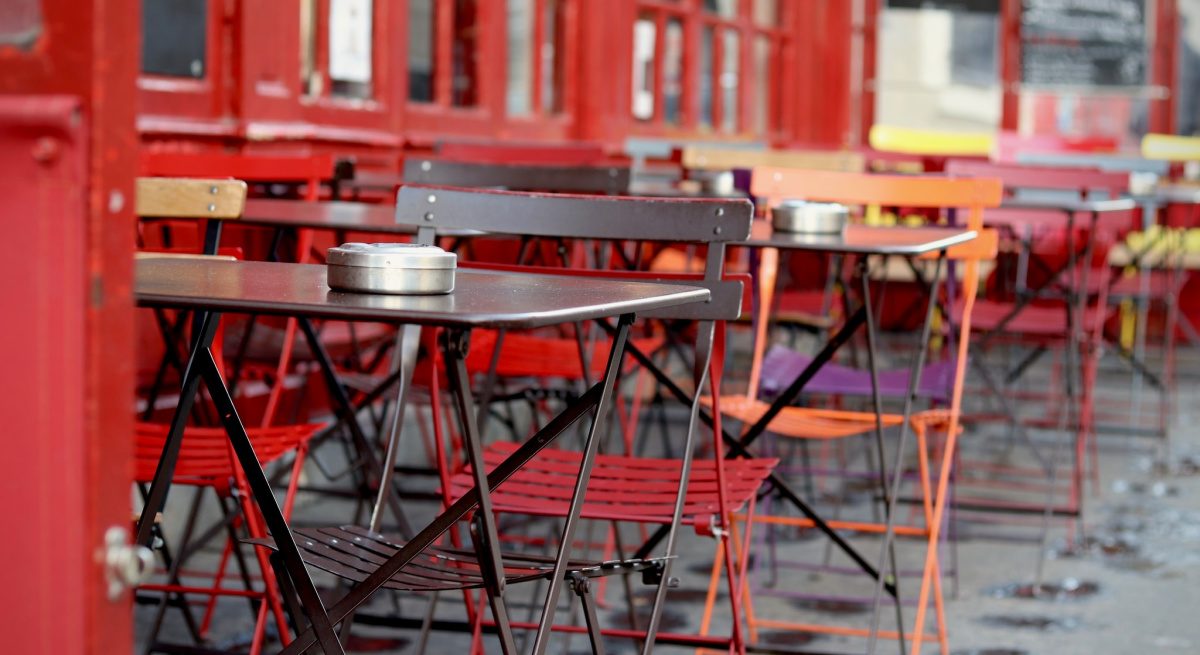11 Tips for Restaurants to Get Back to Business
4 Min Read By Francine Shaw, Kari Hensien
Restaurants nationwide have been hit hard by the COVID-19 pandemic. As restaurants slowly begin reopening, things remain far from “business as usual.” The COVID-19 pandemic has changed the way businesses operate, and the restaurant industry is now learning to navigate this “new normal.”
Restaurants must elevate safety and cleanliness protocols, train employees about new processes and policies, track compliance, and implement immediate corrective actions, as needed. This, of course, is in addition to the other important safety protocols that restaurants must follow (cooking foods to proper temperatures, avoiding cross contamination, accommodating food allergies, etc.)
In your efforts to “get back to business” in our new post-COVID world, use these tips to keep employees and guests safe and healthy:
Enhance Cleaning and Disinfecting Efforts
Food safety sanitation procedures are more important than ever to combat the novel coronavirus. Your entire facility — especially high touch areas — must be cleaned and disinfected multiple times a day, using chemicals that meet EPA standards for killing COVID-19. Digital tools are instrumental in tracking cleaning and disinfecting activities to ensure compliance.
Wash Your Hands
Handwashing is the number one way to prevent the spread of disease, including the new coronavirus. Ensure that all employees wash their hands with soap and warm water for a minimum of 30 seconds. Wash hands frequently, including after using the restroom, handling money, touching cell phones, handling high-touch surfaces, using cleaning products, etc. Be certain that all employees follow this important safety practice.
Implement COVID-19 Safety Protocols
Enforce social distancing and require appropriate personal protective equipment (PPE) based on the guidelines for your jurisdiction. This may include line cooks standing six feet away from each other, tables moved to proper social distances, diners sitting outdoors only, use of disposable menus and placemats, and/or servers wearing masks.
Don’t Let Employees Work When Sick
No exceptions! Take employees’ temperatures with a scanning thermometer (with no direct contact) before they enter your restaurant. If they have a temperature of 100.4 or higher, any COVID-19 symptoms, norovirus symptoms or other transmissible foodborne illnesses, including fever, diarrhea, and vomiting, send them home. These procedures must be added to your current food safety policies built upon the 2017 FDA Food Code recommendation for the BIG 6 pathogens.
Invest in Digital Tools
This includes quality management software and auditing apps. These solutions help restaurants boost their bottom line, protect their reputation, and maximize safety as we all work to recover from this crisis. As restaurants shift the way they operate — dramatically elevating their safety and cleanliness protocols — those that use digital tools will have distinct advantages over those that don’t.
Train Employees Regularly
Explain what the new protocols entail and why these rules are so important. Use tech tools to provide regular reminders and updates to your staff throughout each shift.
Educate Employees and Customers
Use visible reminders of COVID-19 protocols, such as displaying signage that reminds people to wear face masks, demonstrating regular/visible cleaning efforts, and separating dining tables for proper social distancing. Send frequent emails to employees, customers, vendors, and other key audiences explaining how they can be part of the solution (e.g., frequent hand washing, social distancing, wearing a mask). Reiterate these messages on your website and via social media posts.
Manage Visibility
Utilize digital tools to collect and organize data so you’re able to gain critical insights. Select a digital solution that allows you to assess compliance across the operation or drill down to individual locations for localized insights. Armed with this data, you can identify trends and fix small issues before they become big problems.
Elevate Your Existing Safety Culture
As part of your efforts, transition from ineffective, error-prone paper systems to more accurate, integrated tech tools. This will provide numerous benefits, including helping to protect the health and safety of your employees, customers, business, and community.
Get Information from Reputable Sources
COVID-19 information is being constantly updated, with the CDC, FDA, WHO, and NIH offering ever-evolving information on COVID protocols. Or leverage sites like the RizePoint COVID-19 Resource Center, which updates COVID-19 information regularly, using data from authoritative agencies, and distills the information into digestible talking points for managers/PICs to relay to their teams.
Add COVID-19 Processes to Your Existing Safety Protocols
The world is undoubtedly focused on the COVID-19 crisis and associated new protocols right now, but don’t let your team lose sight of other important food safety issues. While implementing new cleaning and disinfecting practices, wearing personal protective equipment (PPE), and following other COVID-19 guidelines, also continue reinforcing the importance of basic food safety rules and regulations.
Provide ongoing training to enforce the rules around COVID-19 as well as basic food safety protocols, such as the need to cook foods to proper temperatures, avoid time/temperature abuse, avoid cross-contamination, accommodate food allergies, only buy supplies from approved reputable suppliers, etc.
As restaurants adjust to our new, post-COVID reality, be proactive, authentic, and transparent about your efforts to keep employees and guests healthy. Demonstrate that you’re taking proper steps to maximize safety and mitigate risks.
Show your commitment to COVID-19 protocols, whether that’s offering outdoor dining with tables spaced six feet apart for social distancing, minimizing the size of group seatings, or opting to only offer take-out and delivery at this time. Having a HACCP- based food safety management system with interrogations and corrective actions is a blueprint for success. Your words and actions will go a long way in reassuring a nervous public that your facility is safe.



